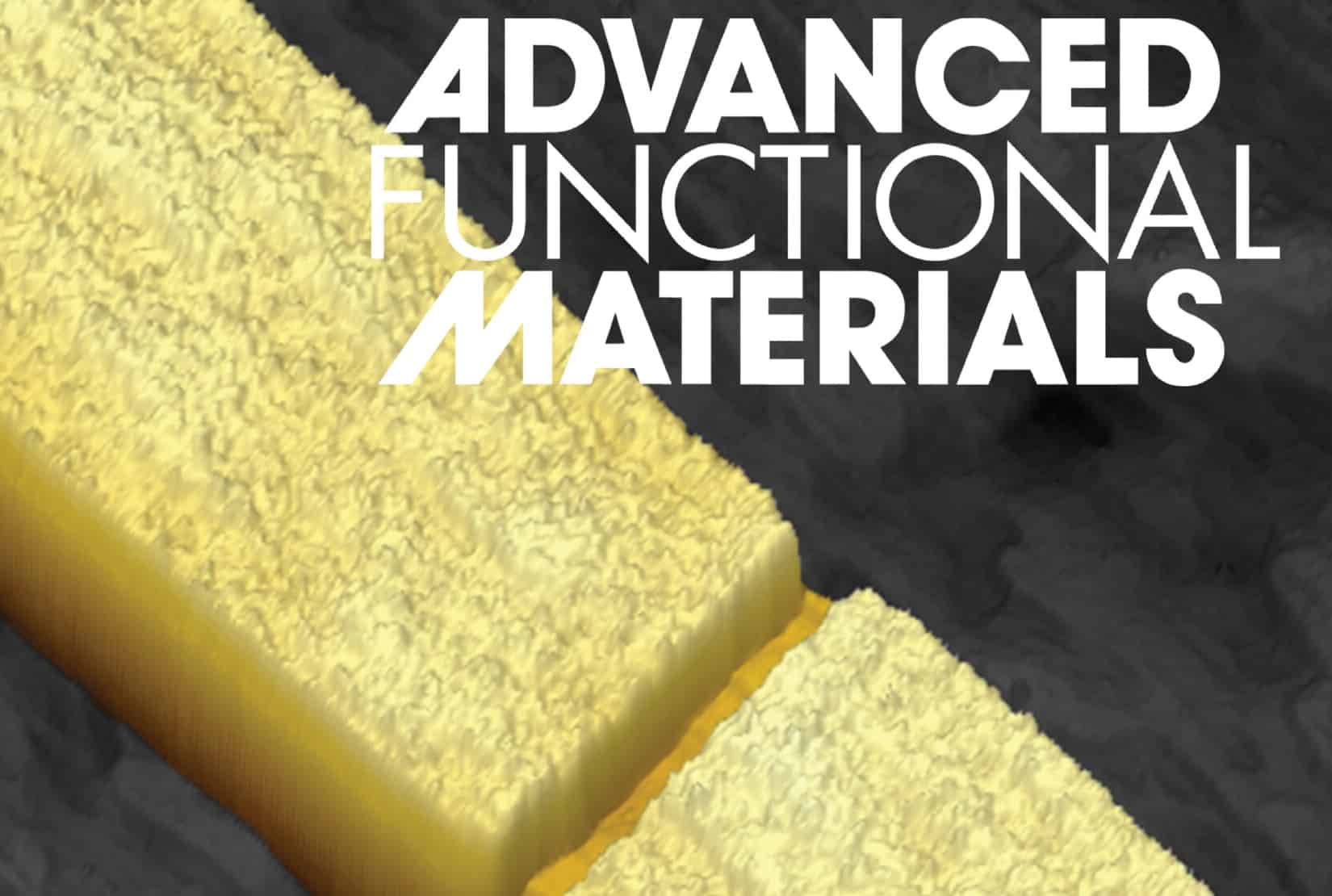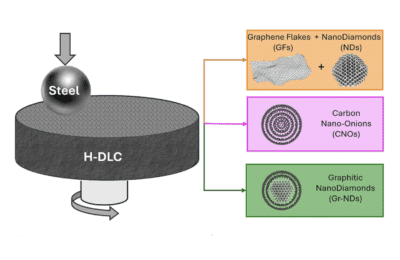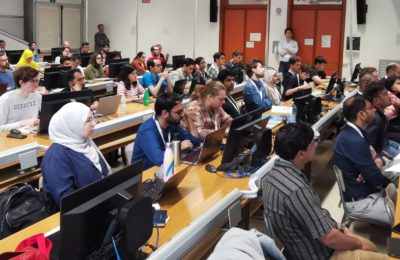A team of researchers from Cnr Nano has recently published a study in Advanced Functional Materials, introducing a new platform that could play a vital role in developing superconducting electronics for quantum technologies. This platform, called InAs-on-insulator (InAsOI), provides a promising approach for integrating superconducting devices that operate at cryogenic temperatures. The research was led by Francesco Giazotto from Cnr Nano, with contributions from Cnr nano reserachers Alessandro Paghi, Giorgio De Simoni, Omer Arif, and Lucia Sorba, as well as Giacomo Trupiano from Scuola Normale Superiore.
Advancing superconducting circuits for Quantum Electronics
Superconducting circuits based on Josephson Junctions play a key role in advancing low-power, high-speed quantum electronics, which are crucial for quantum computing and other cutting-edge technologies. Hybrid superconductor-semiconductor Josephson Junctions, in particular, have attracted interest due to their potential to enable new types of quantum devices. While conventional designs rely on 3D substrates, 2D quantum wells, or 1D indium arsenide nanowires, Cnr Nano researchers propose InAsOI as a new platform with unique advantages.
Introducing InAsOI: an innovative platform inspired by silicon-on-insulator
The InAs-on-insulator (InAsOI) consists of a thin InAs layer grown using an epitaxial growth technique on an InAlAs metamorphic buffer that acts as a cryogenic electrical insulator. “This structure enables the production of surface-exposed Josephson Field Effect Transistors that can support large supercurrents”, explains Alessandro Paghi. “Moreover, the insulating properties of the underlying InAlAs metamorphic buffer at cryogenic temperatures effectively reduce unwanted electrical crosstalk between adjacent devices. Compared to existing technologies, InAsOI allows developing highly integrated superconducting circuits that efficiently carry large supercurrents”.
Potential applications for Quantum Technologies
This work opens new opportunities for developing superconducting counterparts to traditional silicon-based electronics. “InAsOI allows for studying novel phenomena, such as non-reciprocal supercurrent and topological phase transitions. Moreover, this platform can support various quantum electronic architectures, including gate-tunable superconducting and Andreev qubits, superconducting transistors, diodes, and interferometers”, explains Francesco Giazotto.
InAsOI offers several advantages over existing superconducting platforms. “Unlike traditional InAs-based platforms, InAsOI enables local tuning of electrical properties through the doping level of InAs, offering more precise control. It also allows for surface-exposed devices, overcoming processing constraints, reduces unwanted interactions between neighboring devices by electrically decoupling them, and supports high supercurrents, enabling miniaturization without sacrificing performance”, says Paghi.
The research process: collaboration and innovation at Cnr Nano
The InAsOI platform was developed at the NEST Laboratory (Pisa, Italy) of the Scuola Normale Superiore by the MBE group led by Lucia Sorba and the SQEL Lab led by Francesco Giazotto. This collaboration showcases the synergy between material growth and device fabrication expertise within Cnr Nano. InAsOI substrates with varying doping levels were grown using Molecular Beam Epitaxy. Josephson junctions were fabricated and characterized at sub-Kelvin temperatures in the SQEL Lab by Alessandro Paghi, Giacomo Trupiano, and Giorgio De Simoni. This work is supported by the European Projects SPECTRUM and SUPERGATE, under the supervision of Francesco Giazotto.
A step forward in quantum electronics
The team is currently working on optimizing InAsOI-based JoFETs using high dielectric permittivity insulators. They have successfully integrated several devices into a single chip to create a voltage-actuated hybrid superconducting demultiplexer, operating at temperatures as low as 50 mK and up to 100 MHz in signal frequency. Engineering the JoFET and chip design envisages high-frequency applications.
Original article: InAs on Insulator: A New Platform for Cryogenic Hybrid Superconducting Electronics , Paghi, A., Trupiano, G., De Simoni, G., Arif, O., Sorba, L. and Giazotto, F. (2025), Adv. Funct. Mater. Volume 35, Issue 7/2025. https://doi.org/10.1002/adfm.202570040



